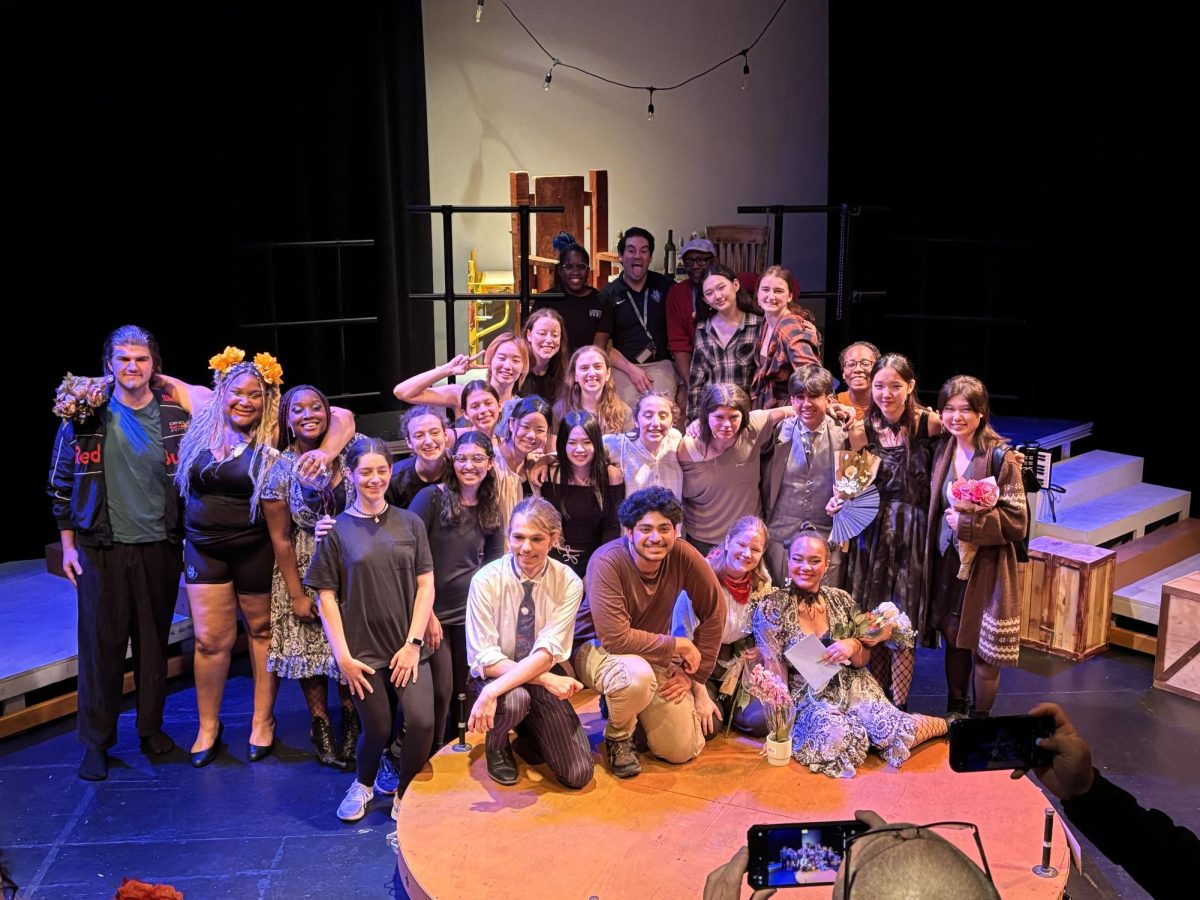In a school where over 100 clubs compete for attention, how do students choose where to belong? The 2024-2025 school year offerings might just make that decision harder than ever. The successful club fair at The Village School took place on September 9th, 2024, where numerous students launched their own, student-run clubs based on their passions and interests. This year, the campus boasts over 100 clubs. This feature explores the changing landscape of school clubs, highlighting new types, the impact of Friday clubs, the experiences of uninvolved students, senior perspectives on effectiveness, and the rising number of clubs versus their decreasing relevance.
The Village School offers a wide range of clubs catering to various interests. Academic clubs like Future Business Leaders of America (FBLA), Distributive Education Clubs of America (DECA), and Health Occupations Students of America (HOSA) provide valuable experiences through workshops and competitions. Mock Trial and Model United Nations enhance critical thinking and public speaking skills. Creative clubs like the Village Art Club and Dance Club allow students to explore their artistic talents. The Muslim Student Association (MSA) fosters community service and unity, while service clubs like the Legal Aid Society focus on making a positive impact. Hobby clubs, such as Chess and Badminton, offer students a space to pursue their interests. Overall, these clubs enrich the school community by encouraging exploration and engagement.
Friday clubs occur during College and Personal Development (CAPD) class, allowing students to participate without sacrificing time before or after school. However, many clubs face financial challenges, relying on limited budgets, fundraising, and sponsorships. “I think the financial issues that Friday clubs face could probably struggle with limited budgets and resource competition,” said freshman Ishanvi Venkatesh, president of the EmpowerHer Foundation. “They could overcome these challenges through strategic budgeting, collaborative fundraising, and seeking grants and sponsorships.” To manage these constraints, clubs are turning to solutions like strategic budgeting and seeking community donations. The EmpowerHer Foundation has hosted several galas to raise money and awareness for girls’ education. However, students are limited to one Friday club per semester, which can be restrictive, especially for those in leadership roles who want to explore other clubs.
Let’s turn our attention to the new Culinary Club, introduced at The Village School in 2024. This is a club where members can actually go to the kitchen on campus and actively cook. The Culinary Club stands out for its unique approach of combining active cleaning with cooking activities. Cleanliness is crucial in the kitchen to ensure food safety, and the club emphasizes this by making cleaning a key part of their routine. Members are involved in both cleaning and cooking, with responsibilities that ensure a hygienic and organized environment. “I have a passion for cooking, so I was wondering why we don’t just do it at school?” Said sophomore, Kaileen Truong, president of the Culinary Club. This approach benefits members by fostering skill development, enhancing food safety, and creating a more structured cooking experience. Overall, the club’s integration of cleaning and cooking, as highlighted by the president, contributes to a successful and enriching club experience.
Students who choose not to participate in clubs and instead spend their time in study hall often have various perspectives. They might prioritize academics, using the time to focus on studying or completing assignments rather than engaging in extracurricular activities. “As president, I have many tasks to manage,” said senior and Student Government President, Sunny Beak, who spends her Fridays in study hall. “I find that study hall helps me use my time efficiently and keep on top of my responsibilities without adding more to my plate.” Said Beak. With numerous responsibilities and a heavy workload, she values the opportunity to stay organized and focused. Some may lack interest in the available clubs or find them unappealing, preferring to use their time for personal or academic pursuits. Others might feel uncomfortable or unsure about joining clubs, opting for the familiarity and structure of study hall. Additionally, they may not see the added value of clubs compared to their academic work or other personal activities. Not participating in clubs can limit social integration by reducing opportunities to connect with peers and form friendships. It can also restrict skill development, as clubs often provide unique learning experiences and practical skills not covered in regular classes.
The landscape of school clubs is evolving with increased variety and shifting focus. Clubs now encompass a broader range of interests, from business organizations like Future Business Leaders of America (FBLA) to niche hobbies such as Crochet Club. This trend reflects a growing demand for clubs that cater to specific passions and emerging trends, providing students with opportunities to engage in previously less-represented activities. 2024 at The Village School saw a significant shift in the number of clubs as they expanded notably.“I would say that last year there were like 80;” said senior, Nicky Nguyen.“This year there’s probably more than 100 clubs and there’s a lot more rules that you have to follow, for example, one can’t have more than 2 leadership roles.” Said Nguyen. With the increase in clubs and the new leadership rules, the school administration likely introduced a measure to manage the growing volume of club activities.
“The 2024-2025 school year saw the largest number of clubs ever recorded,” said junior, Mark Tripulskyi, Student Operations Manager, “and only very few got rejected—less than in previous years.” Said Tripulskyi. Tripulskyi is the Student Operations Manager for the 2024-2025 school year and he ensures that all the daily activities and services for students run smoothly on campus. This opportunity of clubs gives students more chances to follow their interests, making the school a more exciting and welcoming place. The increase in clubs also shows how students are taking more control over their extracurricular activities, leading to a stronger and more active school community. Some clubs may not align with what students currently find interesting or relevant because their interests have shifted over time. For instance, with the rise of technology, activism, and environmental awareness, many students are looking for clubs that reflect these modern concerns. Older clubs that were once popular might now seem outdated or less useful, as they don’t address the changing priorities of today’s students. Additionally, some clubs tend to focus heavily on leadership positions, which can limit opportunities for students who simply want to explore new hobbies or develop skills. This creates a growing demand for clubs that are more inclusive and adaptable, offering a broader range of activities that cater to a wider array of student interests.
School clubs have always changed to match what students are interested in. Academic clubs still help students build important skills for future jobs, while creative clubs let them enjoy arts and culture. Friday clubs add even more ways to get involved while staying true to the school’s traditions. Even though there are challenges like budget issues, clubs remain a key part of The Village School, helping students grow both personally and academically.








